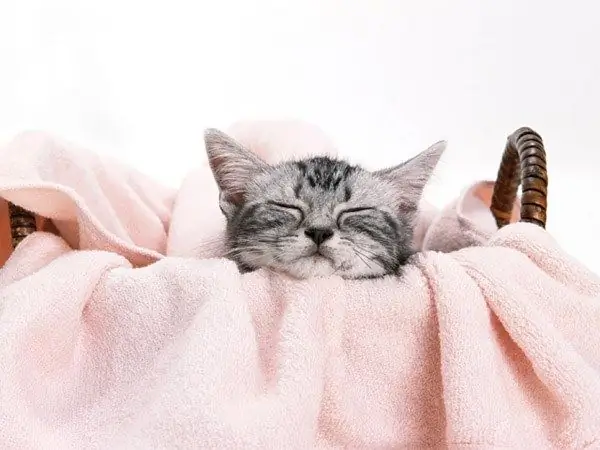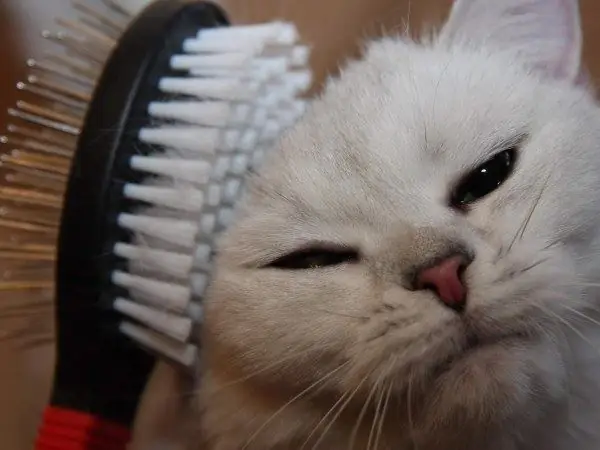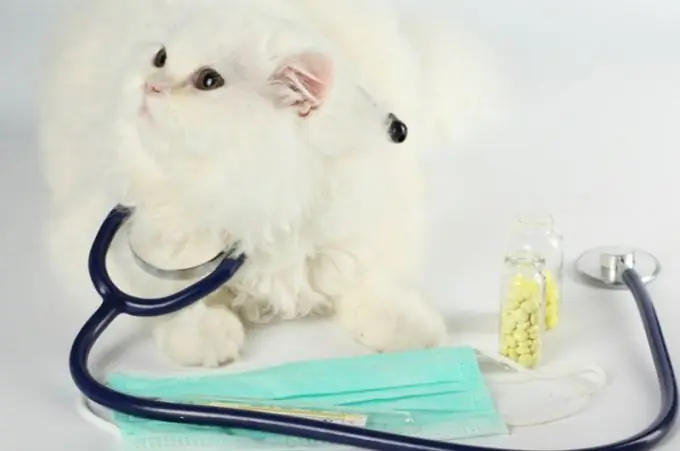Neutering a cat is an abdominal operation during which the ovaries are removed. This procedure allows you to relieve an animal not intended for mating from physical inconvenience and irritation caused by an unsatisfied sexual instinct. In order for your pet to recover as soon as possible after sterilization, it is important to provide competent postoperative care.

Care in the first hours after sterilization

On the first day after the operation, the cat will recover from anesthesia. Usually animals just sleep for several hours, but some cats may suddenly jump up and try to run somewhere. Since anesthesia severely disrupts coordination, it is fraught with injuries. Therefore, on the first day, all caring for a cat is mainly to provide her with a state of rest.

Immediately after surgery, the cat must be placed on a firm and level place where the cat cannot fall or run away. For these purposes, a cardboard box is well suited, which is best prepared in advance. The box should not be too small, otherwise the animal will be cramped. An oilcloth should be placed on the bottom of the box, as the cat may involuntarily wet itself. On the oilcloth, you can lay a knitted cloth folded several times.

When the anesthesia wears off, many cats shiver severely. To prevent the animal from freezing, it must be covered with something woolen. The fact is that anesthesia slows down the metabolism. As a result, the body temperature drops. Therefore, even if chills are not observed, it is still advisable to cover the cat with something warm. Especially if the ears and tail of the animal are too cold to the touch.
During anesthesia, cats do not close their eyes. The eyes remain open after the operation. In order to prevent the mucous membrane of the eyes from drying out, a special solution should be instilled into them, which will be given by a veterinarian. It is also advisable to close and open the animal's eyelids with your fingers every half hour. The need for these procedures will disappear when the pet itself starts blinking or closes its eyes.
To prevent the cat's mouth from drying out, it must be moistened with plain water. In addition, 3-4 hours after sterilization, you can gently drink a cat from a pipette or syringe with the needle removed. Only this must be done carefully, giving water drop by drop and making sure that the cat swallows it and does not choke.
Care of seams
Most cats tend to scratch the incision sutures, which will prolong the healing period. To avoid this, after sterilization, a special blanket is put on the animal. The stitches usually heal within 10-14 days. After this period, the seams are removed. But while healing is in progress, the stitches need daily processing. To do this, the blanket is removed from the hind legs, the seam is wiped with hydrogen peroxide, and then brilliant green. After which the blanket is returned to its place.
Feeding
The first feeding after sterilization should be carried out only after 24 hours. It is better to feed wet food rather than dry food. The portion of feed should not be large: 2-3 teaspoons. Over the next 2-3 days, the activity and appetite will gradually return to the cat, then the portions of food can be increased to the usual volumes.







